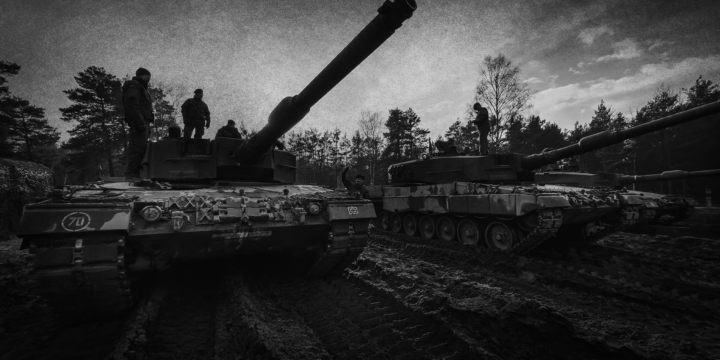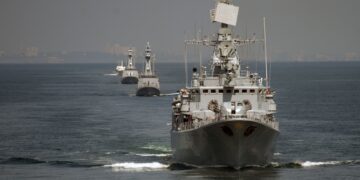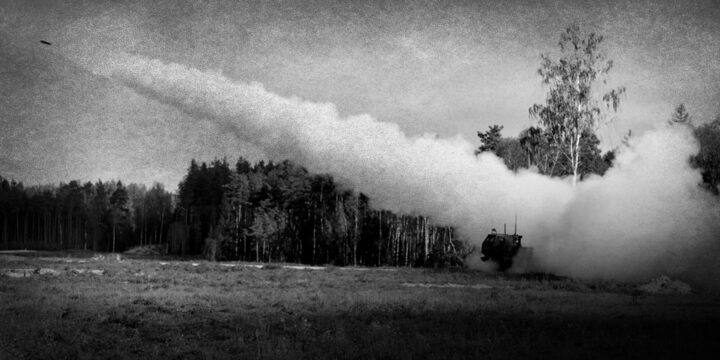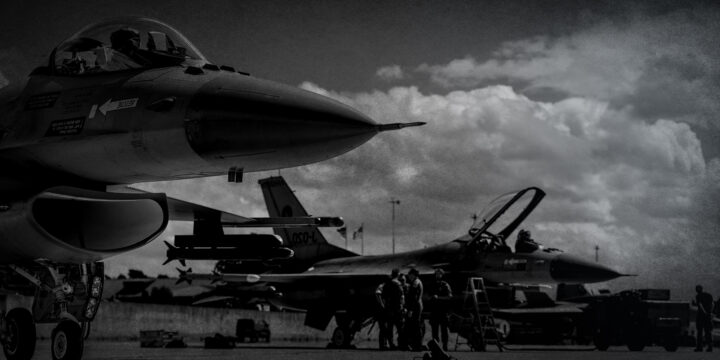April 3, 2025
Ukraine ceasefire hinges on Nato withdrawal
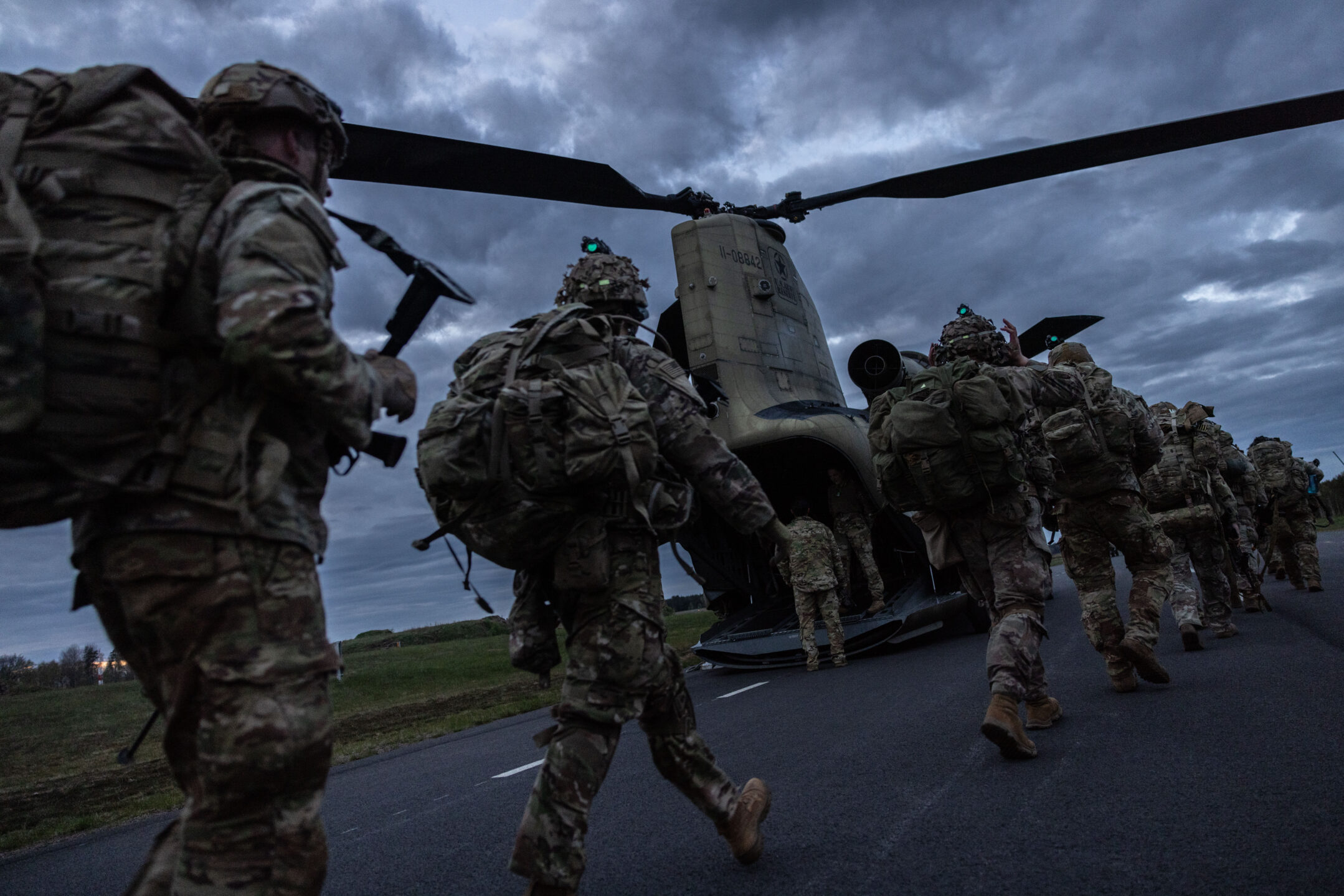
The White House has now acknowledged that it is unlikely to achieve a ceasefire by its aspirational Easter deadline of 20 April. This is not surprising. While Donald Trump pressured Kyiv into accepting his terms by cutting off military aid, his influence over Moscow is far weaker — especially with Russia gaining ground on the battlefield.
But his administration does have at least one point of leverage: its willingness to renegotiate America’s role in Europe’s security architecture, a longtime Russian demand. Critics will view such a concession as appeasement that comes at too high a cost, but if Trump and his advisors want a quick settlement, this may be a trade they are forced to make.
Soon after peace talks began, Trump expected that Ukraine would be the holdout. He has already changed his tune, telling reporters he is “very angry” with Putin’s foot-dragging. His ability to alter the Russian President’s calculus is limited, however. For three years, Russia has weathered economic sanctions, and even harsher measures are unlikely to force Putin’s capitulation — especially considering that he views Ukraine as an existential issue.
Some Trump advisors propose threatening more military aid to coerce Russia, but this is impractical. With US stockpiles depleted and priorities in the Middle East and Asia, Washington cannot spare additional weapons for Ukraine.
Author

Jennifer
Kavanagh
Senior Fellow & Director of Military Analysis
More on Eurasia

By John Mueller
April 10, 2025
Featuring Jennifer Kavanagh
March 27, 2025
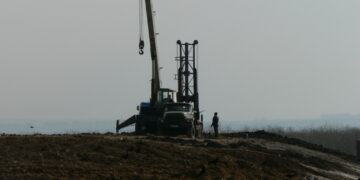
Featuring William Walldorf
March 24, 2025
Events on Ukraine-Russia
